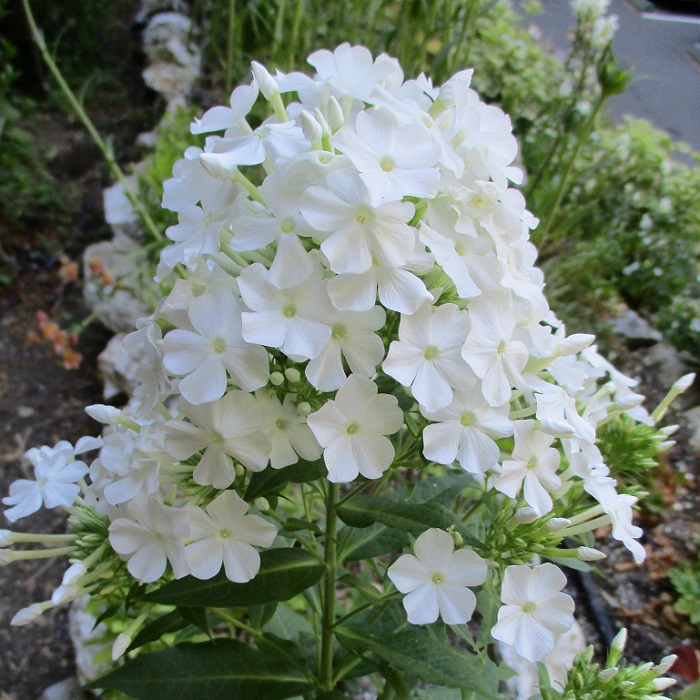UNITED STATES—A dressed turkey that is packaged for retail sale in a supermarket is not ready to be eaten right away. If frozen, it must be thawed slowly. It must then be unwrapped; and little bag of giblets must be removed from inside, before the turkey gets stuffed and finally cooked. Although the inexperienced sometimes cook, a turkey with a giblet bag still inside, doing so is not the correct procedure.
Plants that are purchased in retail nurseries are similarly packaged in such a manner that facilitates transportation from production nurseries to retail nurseries, and from retail nurseries to home gardens. Their roots are contained in vinyl cans. Larger trees might be boxed. Occasionally, balled and burlapped plants are available. Most trees and vines, and some tall perennials are staked.
Vinyl cans, which are also known as nursery pots, are designed for growing nursery stock in, and containing the stock as it is transported. That is all they are designed for. They are not meant to be used as planters in home gardens. Most young and actively growing plants that tolerate them in production nurseries really do not want to be confined to vinyl cans any longer than necessary.
Even if plants that are brought home from a nursery are to be grown in pots, they should be planted into more appealing pots that are designed for the comfort of the plants within, and not just left in the nursery pots that they were grown in. Clay pots and wooden planters are comfortably porous and better insulated than thin black vinyl that gets dangerously hot if directly exposed to sunlight.
Alternatively, nursery pots can be shaded and obscured within slightly larger pots, within groups of other pots, or by settling them into shallow shrubbery or deep ground covers temporarily. Plants that are big enough to provide their own shade are likely too big for their nursery pots. Invasive plants like mint are often grown in nursery pots that are buried almost to the rim in the ground, although mint eventually escapes through drainage holes. It is good to know the limitations of what nursery pots are useful for.
Highlight: phlox
Those outside California sometimes envy our ideal climates and soils. More of a variety of plants can be grown here than in most other places in America. There are not many plants that can be grown elsewhere that will not grow here. However, phlox, Phlox paniculata, is an example of a plant that can do well here, but for some reason or another, is much more popular everywhere else.
Phlox is native to much of the eastern half of North America, and has naturalized in other areas where it escaped cultivation in home gardens. Locally, it needs to be watered regularly to bloom on time in late summer. It is quite happy out in the open, but might prefer a bit of partial shade in the afternoon here where summers are warm and dry. Powdery mildew can sometimes be a problem.
Bloom can be various hues of pink, purplish pink, red or white. The inch wide flowers are neatly arranged on conical terminal panicles about four to six inches wide. Blooming stems stand almost three feet tall and spread almost as wide. The somewhat narrow leaves are about four inches long. Phlox is mostly grown from seed, and can be propagated by division of perennial basal growth.
Horticulturist Tony Tomeo can be contacted at tonytomeo.com.







